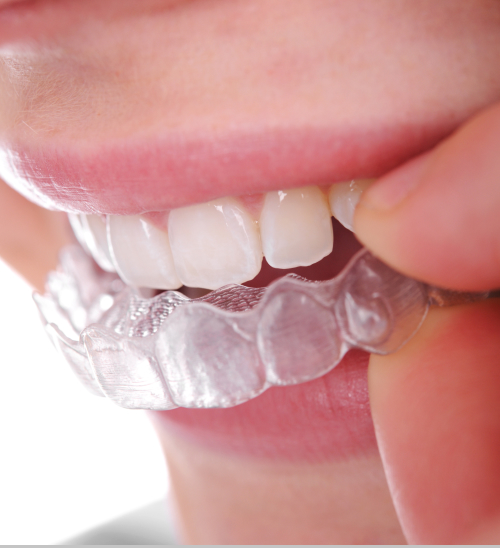Night Guards and Retainers
Although night guards and retainers might look similar to a layman’s eye, they are not the same thing. Each type of mouth guards has a distinctive purpose. A retainer is designed to help teeth stay in place while a night guard is designed to protect teeth. As a preventative measure, people with teeth grinding and clenching issues need to wear night guards during sleep. Keep reading to find nuanced differences between the two.
Retainer and its Uses
Retainers are fabricated to keep your teeth in proper alignment. People usually have retainers after they’ve had orthodontic work that has shifted their teeth into perfect alignment. The retainer is made out of plastic or metal and keeps the teeth in their new location. When your teeth are freshly moved to a new location in your mouth, they’re prone to move back where they came from. A retainer stops that from happening and helps your teeth become stable and comfortable in their updated location.

Night Guard and its Uses
Night Guards are placed on your lower and upper teeth during sleep to protect your teeth and jaw from teeth grinding. It depends on your level of teeth grinding and your needs, whether your night guard will be made of a harder or a softer plastic. A night guard may look very similar to a plastic retainer; its protective function is entirely different from that of a retainer.
How Long do I Need to Wear Them?
In many cases, at some point in the future, you will be able to stop wearing your retainer once the tissues and bone surrounding your teeth stabilize. If you stop wearing your retainer too soon, you risk your teeth shifting back to their original location, and you’ll have to start again with braces.
